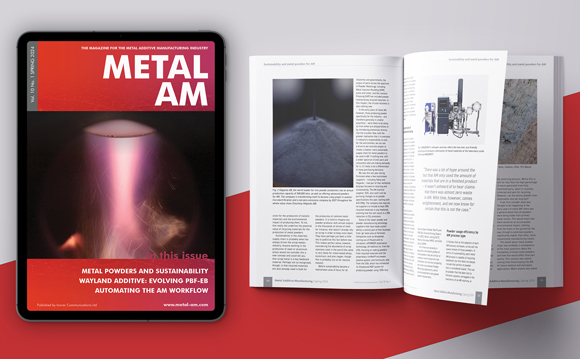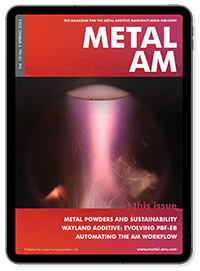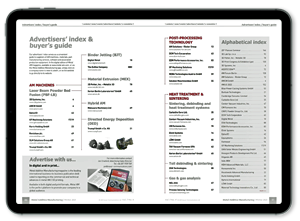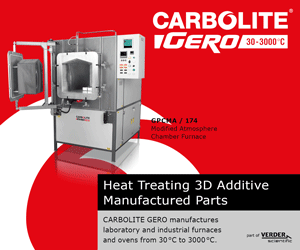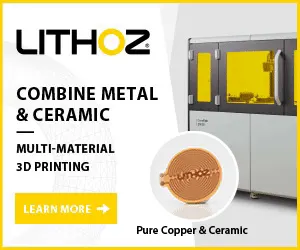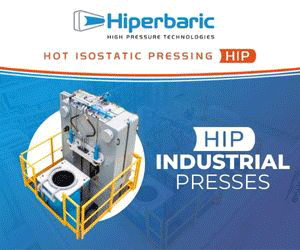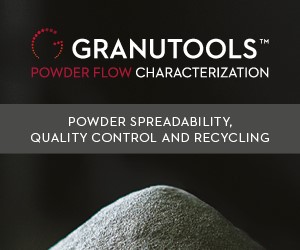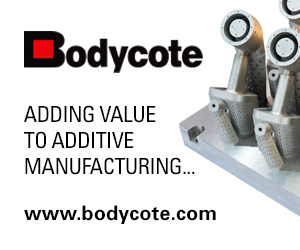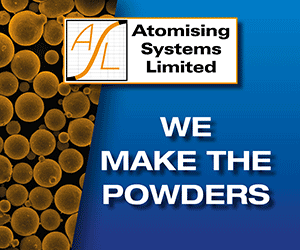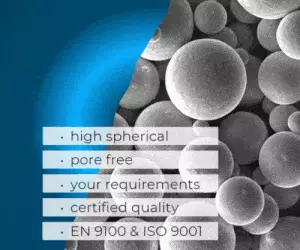Metal Additive Manufacturing, Vol. 4 No. 1 Spring 2018
Prefer a PDF download? Click here
In addition to over 85-pages of the latest industry news, this 166-page issue of Metal Additive Manufacturing magazine includes the following exclusive features:
Sauber Motorsport AG and Additive Industries:
Formula 1® engineering meets metal AM
As the new Formula 1 season gets underway, Additive Manufacturing will have played a vital role in the development and manufacture of the cars on track. Metal AM magazine’s Nick Williams recently visited Sauber Motorsport AG at its headquarters near Zürich, Switzerland, and discovered how a partnership with Dutch AM technology supplier Additive Industries has supported both the development of in-house AM applications and an expansion of Sauber Motorsport’s AM services for third parties.
View online | Download single page PDF | Download double page PDF
Digital Metal: High-precision Additive Manufacturing technology from a metal powder giant
Sweden’s Digital Metal® has enjoyed a significant increase in its profile over the last year. This was achieved, in part, by a major brand relaunch, but more significant was the move to begin selling its machines to third parties, rather than offering AM component manufacturing solely in-house.
Metal AM magazine’s Emily-Jo Hopson reports on the evolution of the company, its unique approach to developing its technology and the benefits of being owned by the world’s largest producer of metal powders.
View online | Download single page PDF | Download double page PDF
The challenges of metal powder removal: Managing risk, productivity and quality
One of the goals for the metal Additive Manufacturing industry is the automated series production of components through a streamlined manufacturing process. Such an ambitious goal faces a major obstacle: the challenge of powder removal.
Joseph Kowen reviews some of the significant risks facing AM producers at this stage of the process, from health and safety considerations to the impact on quality and productivity, and highlights some of the technologies being developed to address them.
View online | Download single page PDF | Download double page PDF
formnext 2017: Business perspectives and expectations of the AM industry
The formnext powered by TCT exhibition, held from November 14-17, 2017, in Frankfurt, Germany, featured a parallel four-day conference that addressed a wide range of issues of relevance to the Additive Manufacturing community. Besides technical and application innovations, a whole day of the conference was devoted to business considerations and expectations relating to the future development of the AM industry.
In this exclusive report for Metal AM magazine, Dr Georg Schlieper highlights a number of key business-related considerations for the future of the industry.
View online | Download single page PDF | Download double page PDF
Alternative metal Additive Manufacturing technologies highlighted at Euro PM2017
A session at the Euro PM2017 congress, organised by the European Powder Metallurgy Association (EPMA) and held in Milan, October 1-5, 2017, focused on a number of alternative technologies for the Additive Manufacturing of metallic components.
In the following report Dr David Whittaker reviews three papers that highlighted the potential of the lithographic Additive Manufacturing of metal-based suspensions, the characteristics of porous Ti6Al4V materials produced by three-dimensional fibre deposition and bio gelcasting, and Fused Filament Fabrication for the production of metal parts.
View online | Download single page PDF | Download double page PDF
Component design for cost-efficient metal Additive Manufacturing
Some companies approach Additive Manufacturing as a drop-in replacement for conventional manufacturing technologies. This approach, however, does not take into account the unique possibilities that additive processes offer and can result in parts that are not commercially viable due to cost.
By designing parts specifically for AM, companies can reduce costs and improve efficiency while taking advantage of the possibilities offered by the technology. In this report, Olaf Diegel and Terry Wohlers look at the impact of good AM part design on machine operating costs.
View online | Download single page PDF | Download double page PDF
Case Study: Cooling channels for material testing applications using Laser Powder Bed Fusion
Additive Manufacturing continues to gain a reputation as a key technology that will have a major impact on all aspects of mechanical engineering. Under the guidance of Major Ryan O’Hara, the United States Air Force’s (USAF) Air Force Institute of Technology (AFIT), based in Dayton, Ohio, has expanded its AM-focused education and R&D capabilities with the purchase of a Laser Powder Bed Fusion system from Germany’s Concept Laser.
In the following article, AFIT’s Benjamin Doane and colleagues highlight work done at the institute to develop AM test bed components to support a high temperature testing programme.
View online | Download single page PDF | Download double page PDF
Evaluation of Sigma Labs’ in-situ process control system during Additive Manufacturing
As Additive Manufacturing shifts from process development and characterisation activities into the series production of components for critical applications, in-process quality control, qualification and certification are areas of fundamental importance to widespread adoption of AM.
In the following report, engineers from Sigma Labs, Inc., present the results of a study to establish a correlation between in-process data collected using the company’s PrintRite3D SENSORPAK® system and PrintRite3D INSPECT® software and the results of the metallographic testing of as-built specimens.
View online | Download single page PDF | Download double page PDF



